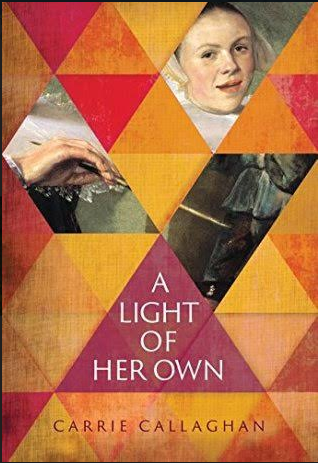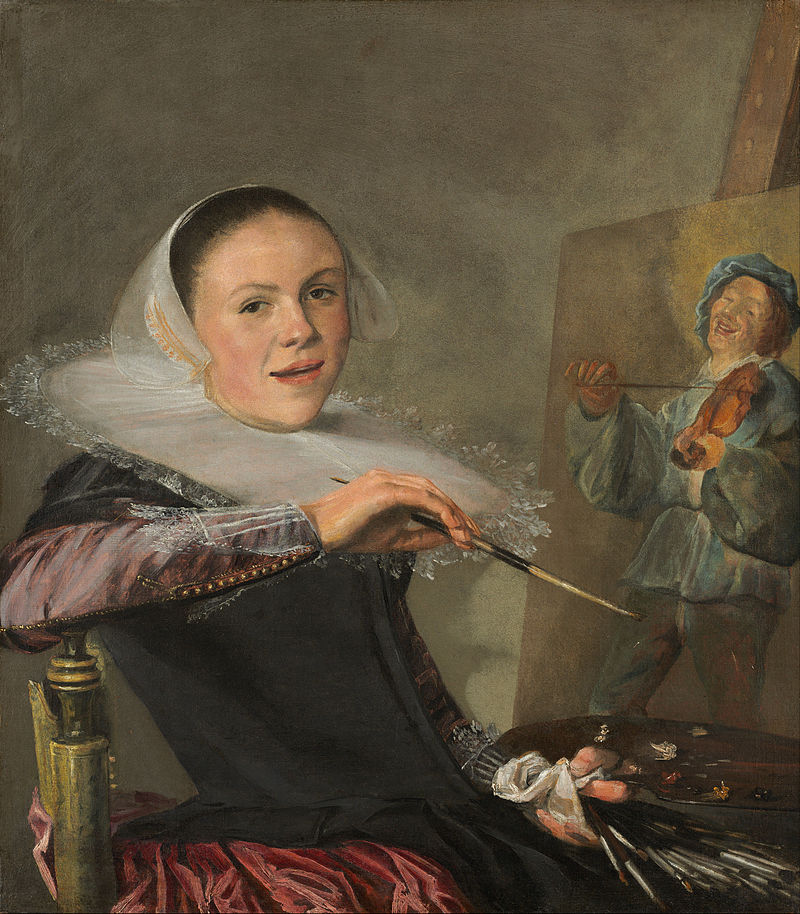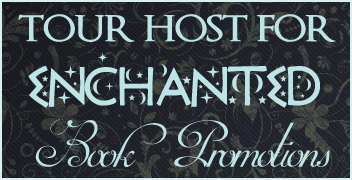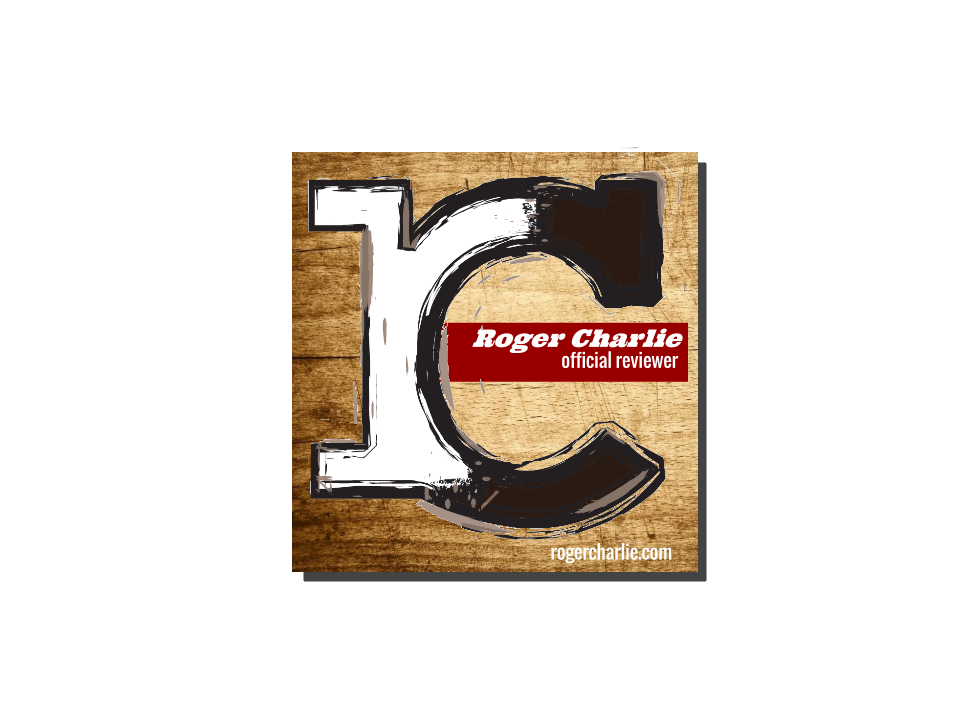
Publication Date: November 13, 2018
Amberjack Publishing
Hardcover; 320 Pages
Genre: Fiction/Historical/Biographical
In Holland 1633, a woman’s ambition has no place.
Judith is a painter, dodging the law and whispers of murder to become the first woman admitted to the prestigious Haarlem artist’s guild. Maria is a Catholic in a country where the faith is banned, hoping to absolve her sins by recovering a lost saint’s relic.
Both women’s destinies will be shaped by their ambitions, running counter to the city’s most powerful men, whose own plans spell disaster. A vivid portrait of a remarkable artist, A Light of Her Own is a richly-woven story of grit against the backdrop of Rembrandt and an uncompromising religion.
AMAZON | BARNES AND NOBLE | INDIEBOUND
Haarlem, Holland 1633, Judith Leyster is an apprentice painter to Frans de Grebber. Judith is one of the only female painters along with Frans' daughter, Maria. Judith will do anything to be admitted to the Guild so she can sell her work. However, no female has ever been admitted. Maria is working on a secret painting, although art is not her passion, religion and atoning for her own perceived sins comes first. Judith is set on clawing her way to the top, and having independence. Maria finds herself when she sets off on her own and discovers the art of healing and helping others. The two women will need to find one another again as the men of the city decide to plot against the young, up and coming painters.
A Light of Her Own explores the lives of two little known female painters of the Dutch Golden Age. I love learning about new and important female historical figures, Judith Leyster and Maria de Grebber were real painters. History would obscure Judith's work and sell it under a man's name. In the book, I enjoyed that the plot focused on the strained friendship of the two women and their faults. The writing through Judith's eyes engaged me, the way Judith saw color, light and other features in the world around her transformed scenes that would typically be dull or boring into something magical. Judith's ambition was also refreshing. Though what she did was sometimes illegal or immoral, it was nothing that other male painters at the time weren't doing as well. Maria's point of view shed light on the religious tones of the time in Holland as well as the social system. The mystery of the disappearing linseed oil did help move the plot along, but was a little weak for me. However, I did enjoy how Judith brought the truth out in the end. Overall, an engaging story that helps bring to light the lives of female Dutch Golden Age painters.
This book was received for free in return for an honest review.

Carrie Callaghan is a writer living in Maryland with her spouse, two young children, and two ridiculous cats. Her short fiction has appeared in Weave Magazine, The MacGuffin, Silk Road, Floodwall, and elsewhere. Carrie is also an editor and contributor with the Washington Independent Review of Books. She has a Master’s of Arts in International Affairs from the Johns Hopkins School of Advanced International Studies, and a bachelor’s degree from the University of North Carolina at Chapel Hill.
For more information, please visit Carrie Callaghan’s website and blog. You can also connect with her on Twitter and Goodreads.








 RSS Feed
RSS Feed



